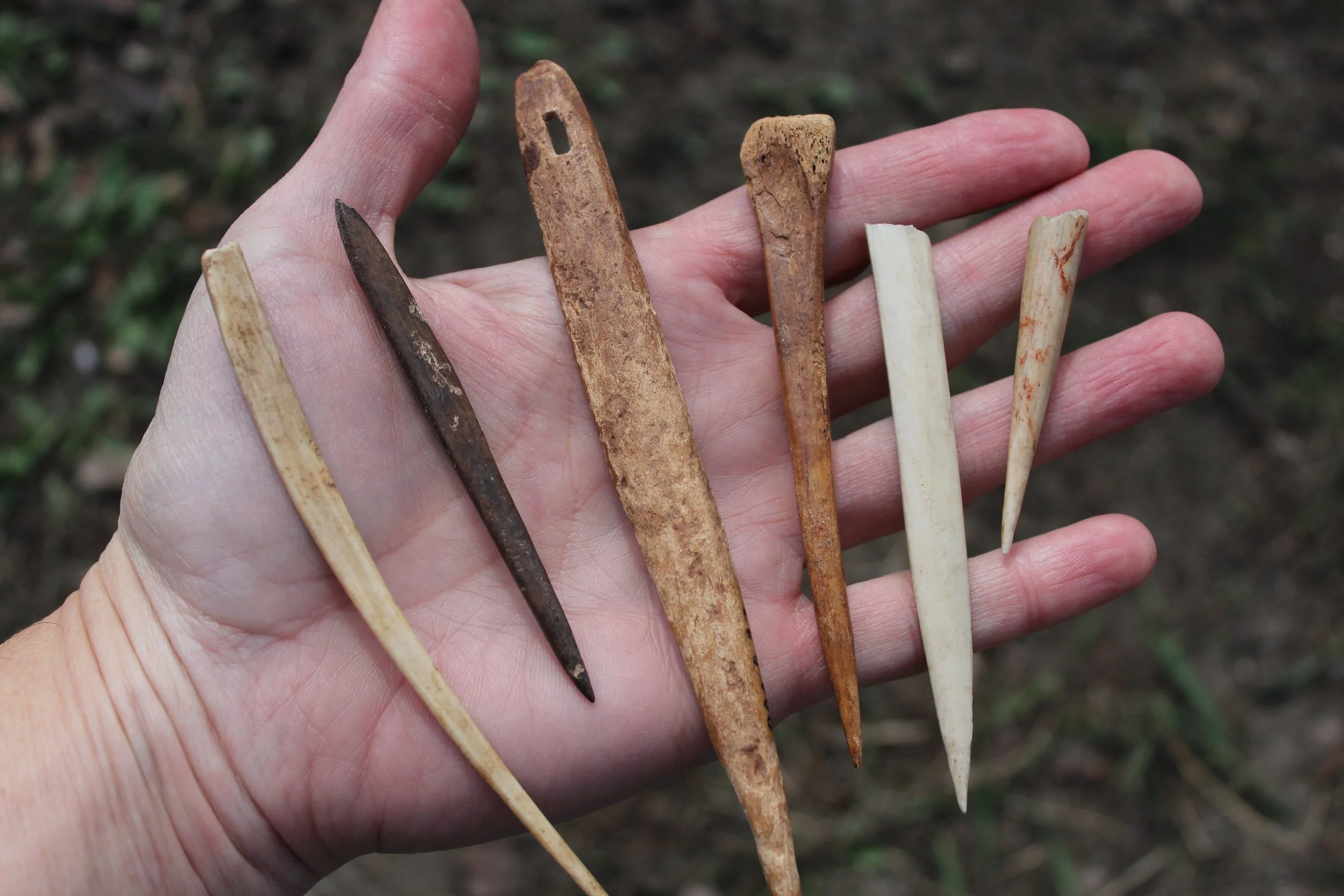I regularly receive two responses about archeological items we recover.
"Cool, how old is it?" and "So, you just collect rocks and bones?"
While I most appreciate the enthusiasm of the former response, both provide an opportunity to discuss analyses we use to gain information from artifacts.
How old is it? The best-known method to determine the age of archeological materials is radiocarbon dating. Analyzing the decay and ratio of carbon isotopes in once-living materials such as animal bones from archeological sites gives us a date range, for example 4,750 years plus or minus 82 years.
When stone tools are found in association with the dated bone, the date can be applied to the tools. This is particularly useful for tools whose form changes through time, such as arrowheads and spear points. So, when archeologists say an arrowhead is about 2,400 years old, it is because arrowheads of that style have been found repeatedly in sites where associated organic materials have been radiocarbon dated.
What was it used for or on? Organic items -- wooden tools, baskets, food plants or animal hides -- that were the focus of past activities often don't preserve in archeological sites.
However, specialized laboratory analyses can identify residues left on artifacts to help determine on what or for what the tools were used. Protein (animal) and starch (plant) residues unseen by the naked eye can remain on stone tools for thousands of years.
For instance, proteins specific to large animals have been identified on the edges of small arrowheads, confirming which animals were hunted in an area. Further, it indicates the power and accuracy of bows did not require the use of large points for big game or that small points were only used on small game.
Similarly, a wide range of starch residues have been found on tools confirming that harvesting and processing plants for food, medicine and construction purposes was an important part of past people's activities, even though we rarely find remains of the plants themselves. In some cases, the analyses identify residues of plant and animal species no longer present, indicating the effects of environmental change or human influence.
Where did it come from?
First Nations trade networks were extensive in pre-European times. It is exciting to find non-local materials such as scallop shell, whale bone or obsidian in archeological sites. There are specialized analyses that can determine, specifically, where tool stone originated.
When the chemical compositions or "fingerprints" of recovered stone artifacts are identified, they may be matched to the documented "fingerprints" of source areas for valued tool stone (for example, obsidian from Glass Butte in central Oregon).
When we determine an artifact's origin is hundreds or thousands of winding kilometres along river systems or over mountain passes from where it was deposited, we see the artifact for more than its specific function.
We are able to reconstruct and appreciate the lengths to which people interacted within and between regions to gather what they needed to navigate their physical, social and spiritual environments. Archeology seeks to understand people's adaptations to the world around them by examining the materials they left behind.
However, it is important we recover artifacts from their original location to conduct many of these analyses and understand what they represent. Much like how a paragraph missing many of its words does not make sense, an archeological site with artifacts removed cannot be properly analyzed and interpreted.
This is why we promote notifying an archeologist of locations where you may have seen artifacts instead of collecting them.
Todd Paquin is an archeologist.

